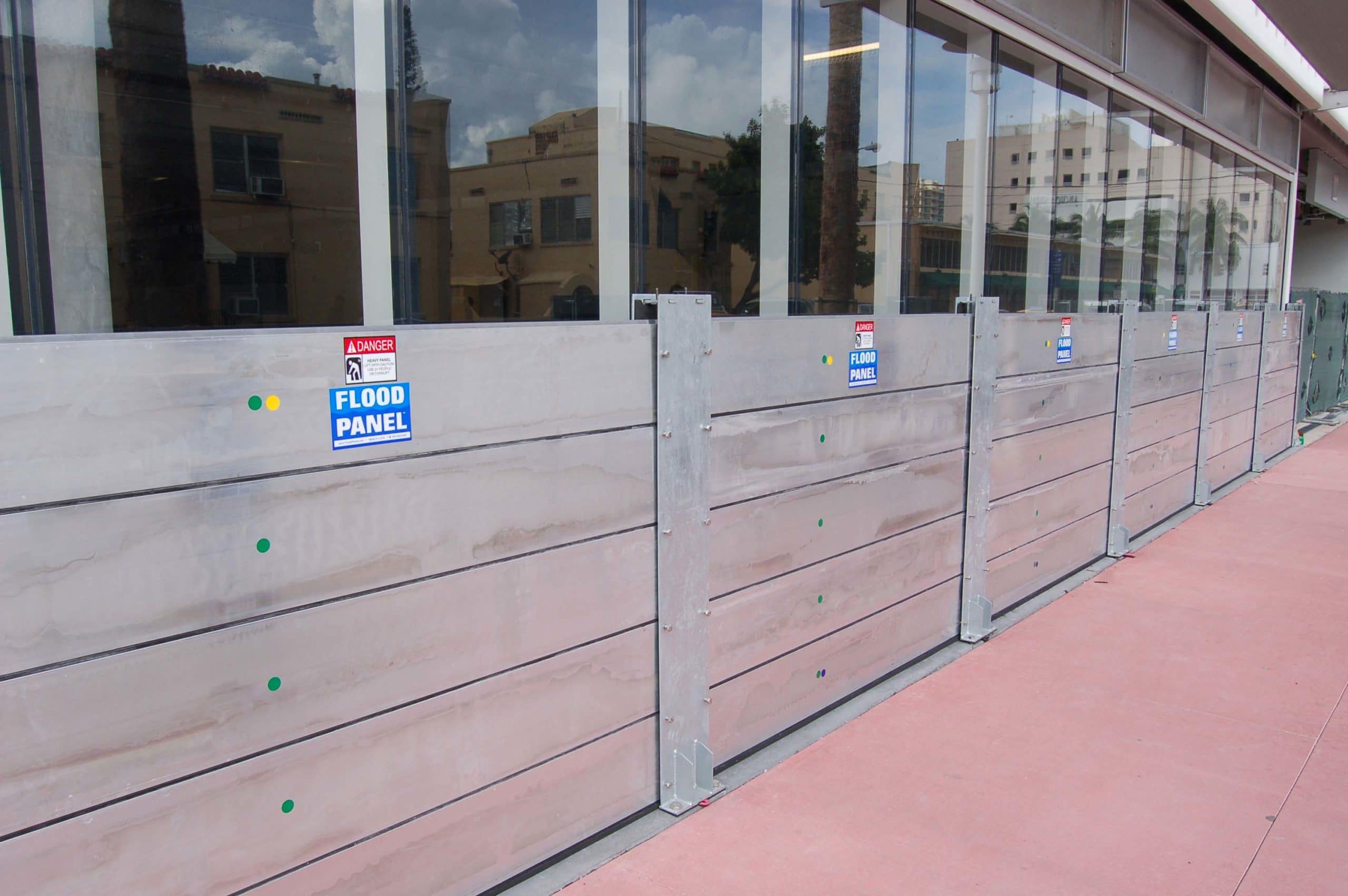In the business of sustainable design and architecture, much of what we see focuses on shifting the sources of the built environment’s power demand to more naturally abundant resources. Through a variety of methodologies, eco-conscious developers and architects routinely aim to minimize Big Infrastructure’s consumption of water and electricity while vastly shrinking our collective carbon footprint. Industry cooperation with measures like these is important because they promise stability and preserve our natural environment in the long-term. But, valuable as these undertakings may be, we still must safeguard against more urgent short-term environmental hazards.
Our planet has suffered a whirlwind of extreme natural disasters in recent years, and many in the scientific community have suggested that we can only expect this trend to intensify. As essential as installations like solar panels and rainwater collection systems surely are, can they alone withstand the upheaval that could come as a result of the next Hurricane Sandy?
The obvious answer is probably not.
In that respect, it is imperative that we begin brainstorming systematic defenses against superstorms, as unprecedentedly devastating as they’ve been. It’s a threat increasing in gravity, and one that recent RISE : NYC winner, and Flood Panel, LLC president and cofounder, Tom Osborne, has been proactive in confronting.
This was made clear recently by his successful endeavor for the RISE : NYC competition, a New York City Economic Development Corporation (NYCEDC) initiative that invited experts to conjure up cutting-edge, practical support for New York small businesses against the menacing inevitability of Hurricane Sandy-ranked superstorms. Although more than 200 projects were submitted, Osborne’s contribution was just one of 11 awarded and one of only two selected for the “building systems” category (the grouping that involved optimizing a building’s resilience performance before, during, and after a storm).

The panels can resist the extreme pressures from a flood while remaining physically light enough to store and retrieve them with tremendous ease.
To name your company “Flood Panel” in and of itself implies that Osborne knows a thing or two about enforcing resilience against certain cataclysmic forces of nature. And for RISE : NYC, his rarefied expertise was put to good use, having developed a modular flood barrier system that employs an entirely new technology developed by Osborne himself, together with the assemblage of an accompanying “flood expert network,” expressly for the NYCEDC program.
The Flood Panel technology was originally called the Sandwich Plate System (SPS)—renamed to “Polylite Flood Panel” in the final product design—which Osborne explains is characterized by, “extruded aluminum alloy filled with polyurethane elastomer.” In other words, these are the materials that allow the panels to resist the extreme pressures from the deluge of a flood while remaining physically light enough to store and retrieve them with tremendous ease.
The Sandwich Plate System technology was developed by Intelligent Engineering (IE) for a wide range of applications in the marine, offshore, civil, and military industries. The patented process uses a polymer developed and defended by BASF. IE and BASF have never used SPS technology for flood proofing solutions, and Osborne has gained exclusive rights to use the patented IE technology in the new Polylite Flood Panel. As a result, he will integrate the technology in many other products that Flood Panel currently manufactures.
The Polylite Flood Panel is a manifestation of good fortune not just for the small business owners of New York but also for Osborne himself. He had been experimenting with unorthodox combinations of materials for years, even though conventions of this business have always favored steel for its size and unmistakable robustness. “Bigger is better” typically goes the mantra, but Osborne strips this misnomer down. “Bigger isn’t better; bigger is stronger,” but it isn’t really about just merely a strength, he says. “It’s the depth.” Osborne goes on to explain, “Obviously if you use solid plate steel, that would be best, but it weighs so much (which makes it substantially more difficult when storing and/or erecting the panels). However, a quarter-inch steel plate can’t support a very long span at 150 pounds, the lifting weight allowed for two men per OSHA guidelines, so you have to start looking into materials that are lighter but still maintain the strength.”
And though aluminum can’t hold a candle to steel on its own, it was through Osborne’s experiment with the extrusions that engendered the Polylite Flood Panel. “A quarter-inch plate in aluminum hasn’t nearly the strength of a quarter-inch plate in steel, so if you create an extrusion, or a tube if you will, your strength comes with the depth of that tube.” Business development manager Russ Ellington of F. William Brown, LLC notes that while the resulting technology retains the reliable strength of a traditional flood panel, “the SPS panels are of lighter weight, allowing for easier deployment of the system, while their thinner profile allows the system to take up much less storage space.”
According to Osborne and Ellington, the product is complete and fully ready to be at the service of New York’s commercial edifices. Until the NYCEDC finishes sifting through bales of regulatory formalities, however, RISE : NYC owns the information pertaining to any potential Flood Panel client, which Flood Panel is currently prohibited from divulging. In the meantime, Osborne will continue to tweak and make additional improvements to the award-winning panel to guarantee that it will be in its ultimate form by the time New York’s small businesses are set to harness it. “Once it runs through the testing, we may just go ahead and release it as a regular line of goods for our company,” he says. “We own the technology anyway, so there’s no sense in waiting.” Let the floodgates open.

